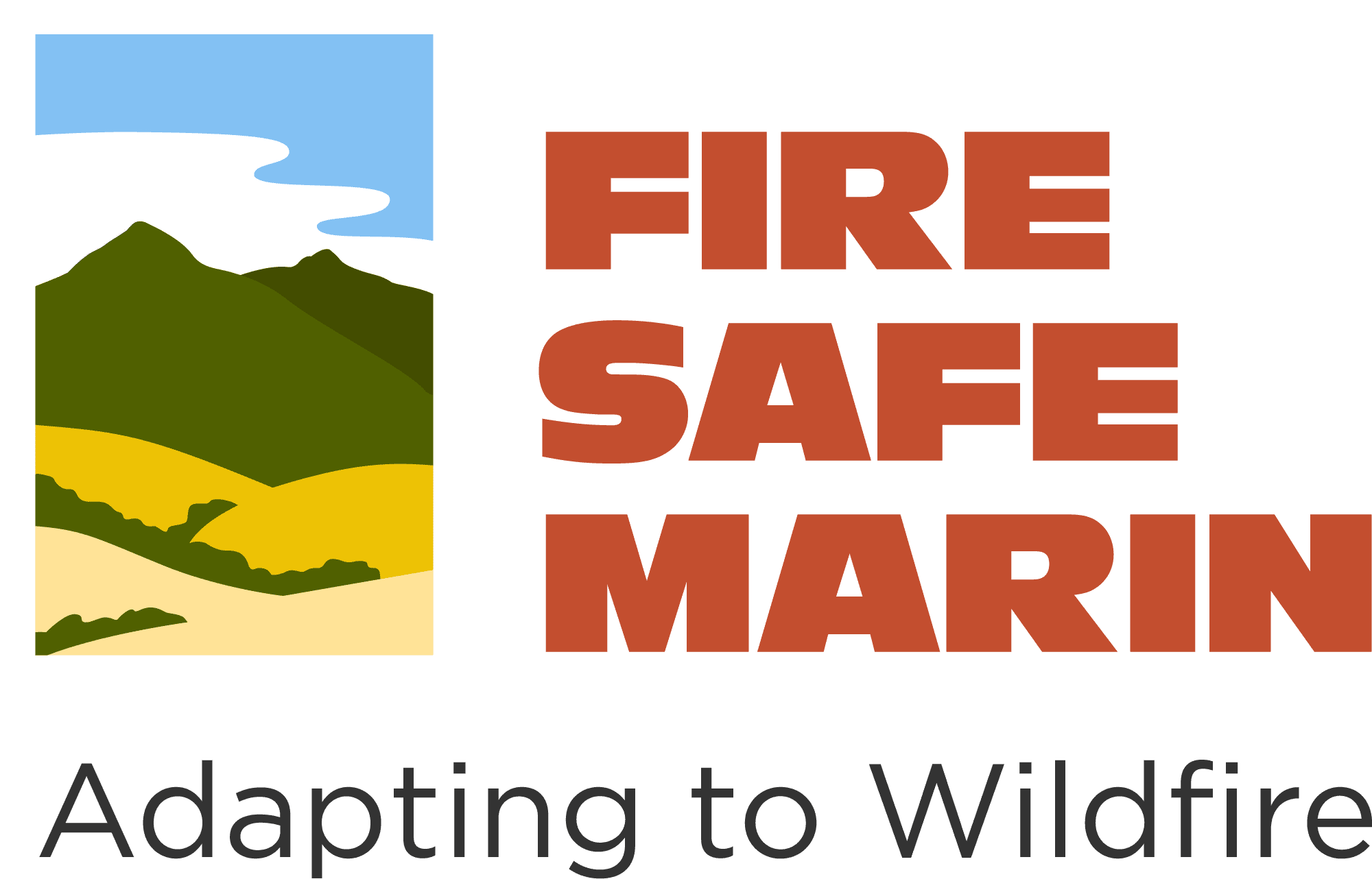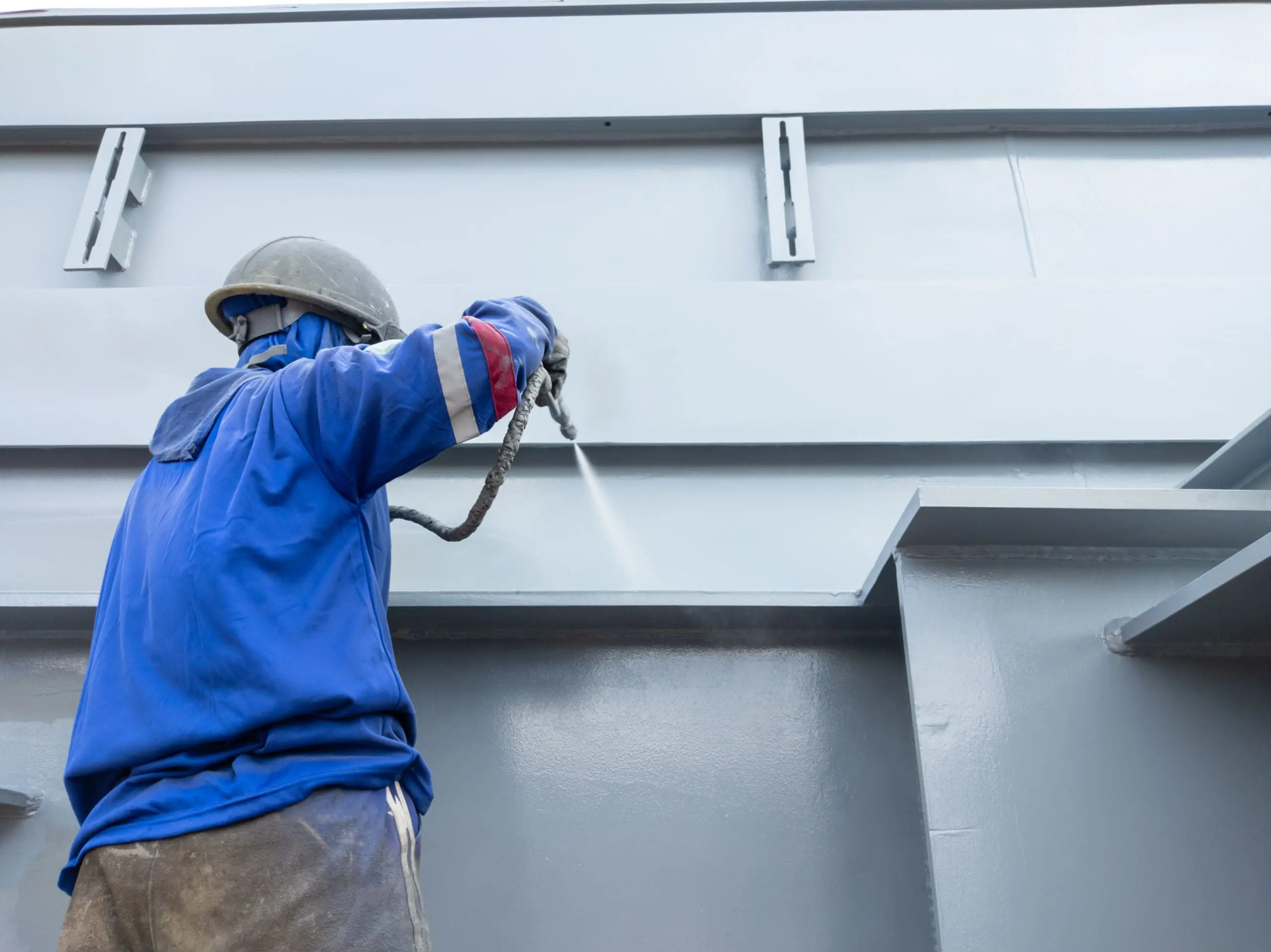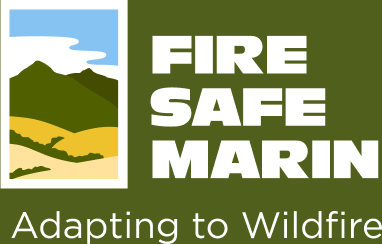IN THE EVENT OF AN EMERGENCY THIS SITE IS NOT MONITORED. FOR CURRENT INFORMATION GO TO HTTPS://EMERGENCY.MARINCOUNTY.GOV.
Coatings and Gels
Foams, Gels, & Intumescent Paint
Buildings threatened by wildfire can be mitigated through the development of a strategy that addresses the built environment, vegetation, and other combustible materials on the property. Use of noncombustible materials and ember-resistant design features are examples of strategies that reduce the vulnerability of homes to wildfire. The use of coatings has been suggested as a strategy to provide enhanced protection against extended radiant heat and flame contact exposures for homes located in wildfire-prone areas, particularly when a combustible siding product is installed and other homes are nearby. The next few sections will discuss the potential uses for these types of products.
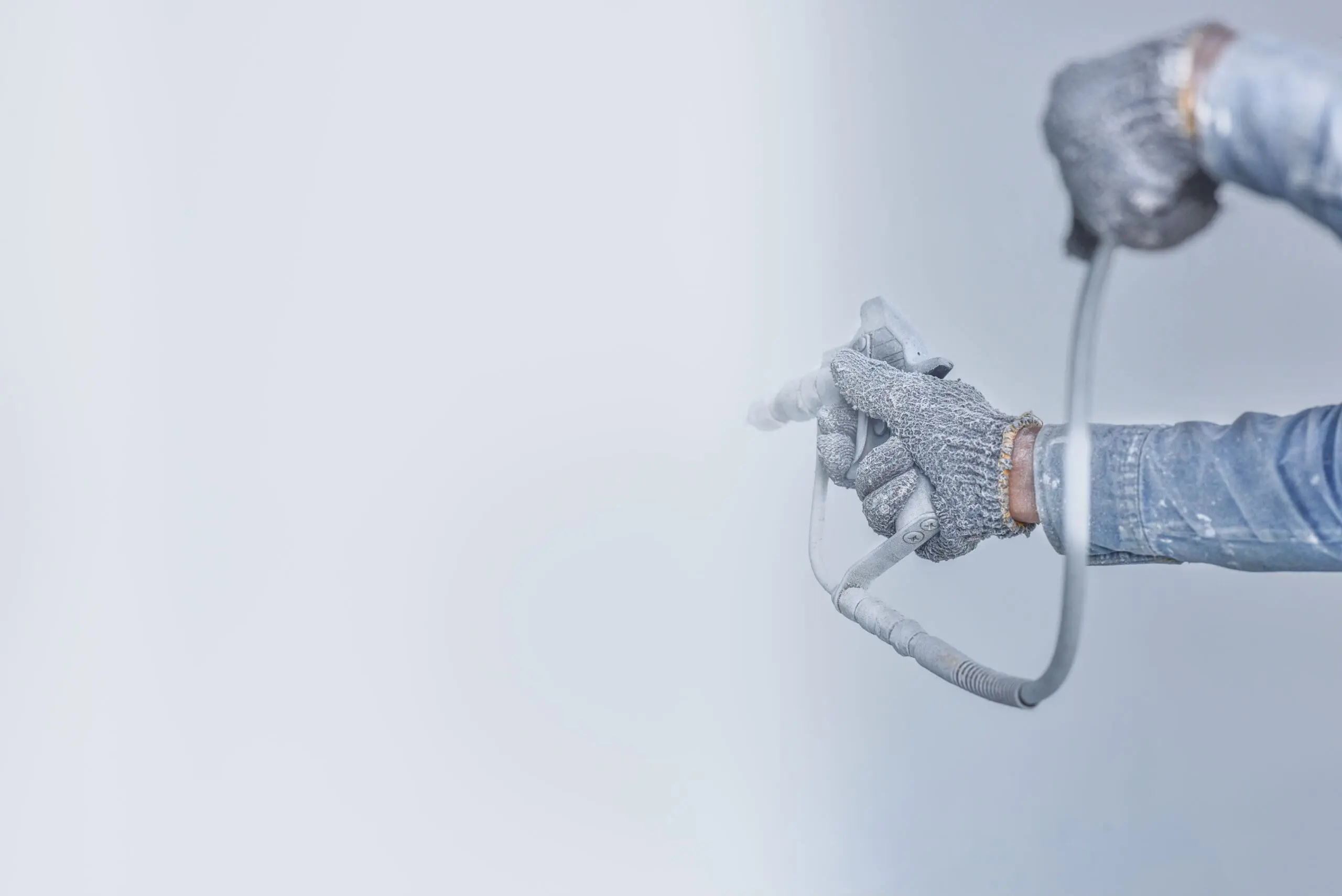
Common Use of Coatings
The term “coatings” is a generic term referring to products that are applied to various building components. These building components can be combustible or noncombustible materials and are used to provide added protection from various environmental factors. The most common use for coatings applied on wood and wood-based products is to provide protection from water or water vapor where the coating reduces the rate that moisture enters and leaves. Depending on additives and the chemical makeup, coatings can also improve the fire retardancy or fire resistance of the wood or other combustible material.
Gels
One example of a coating is what is commonly referred to as a “gel.” Gels are water-absorbent polymers that can be applied to a building component to provide temporary protection from radiant heat or flames. You may have heard of these products being applied to homes when a wildfire is threatening. Once applied, the absorbed water starts to evaporate, whether or not the wildfire actually arrives, and therefore the time that a gel coating is effective is limited. The effective time is on the order of hours.
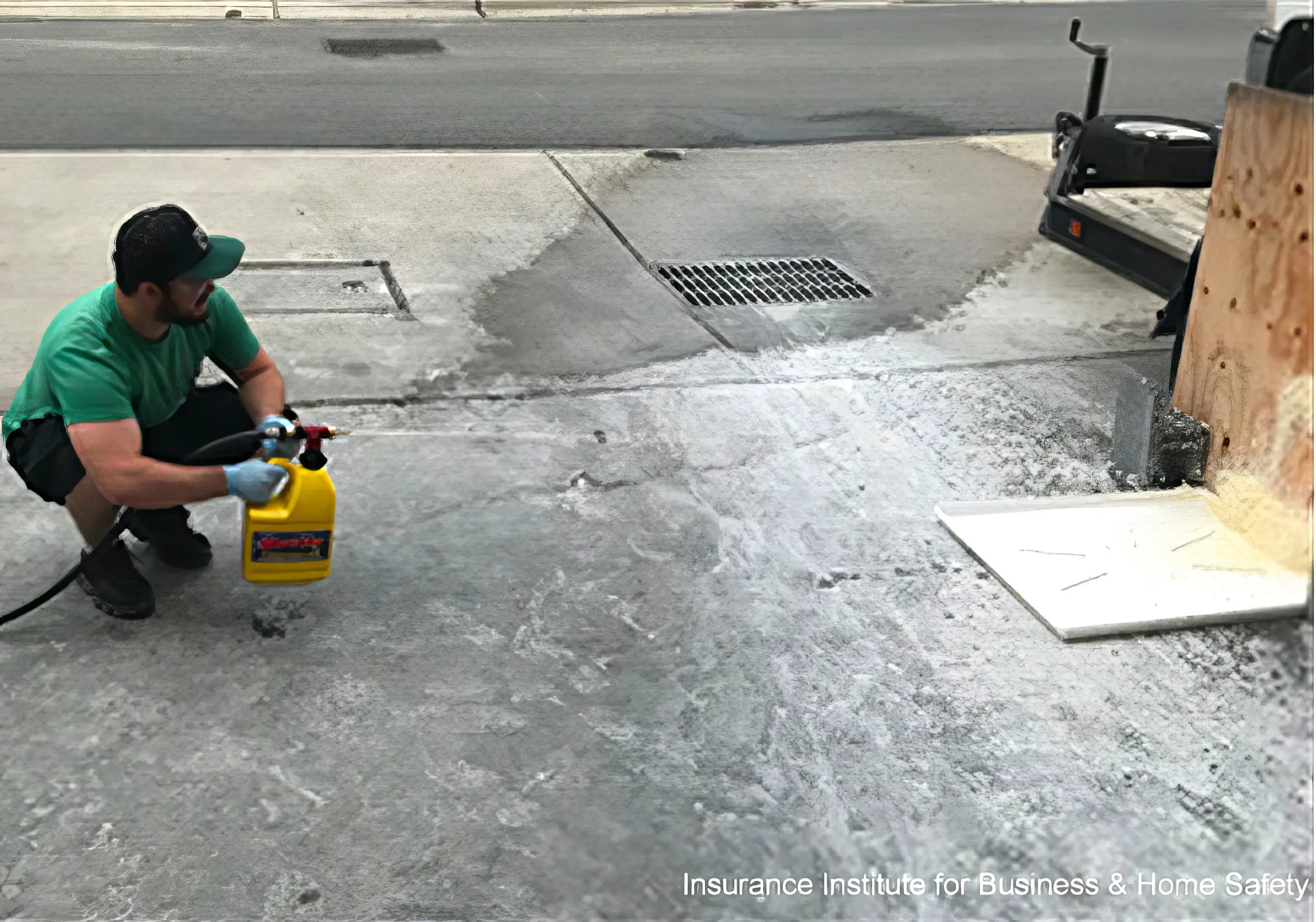
Gel testing at IBHS labs
The fire-protective gels’ protective characteristics diminished as they weathered on being exposed to a drying environment. With the environmental chamber condition at 10 m/s wind and 15% RH at 32.3C, it took about 90 min for both gels to lose 50% on their initial mass. It took 7–9 h, respectively, for both gels to completely dry out. Depending on the amount of dehydration that has occurred when the fire arrives, the gel residue can act as an additional fuel. The experimental results showed that at some point between 50% mass loss and complete dehydration (i.e., at critical remaining mass), the fire performance parameters decreased below those of uncoated wood. Beyond this point, gels acted as an additional fuel and can facilitate ignition. Regressions from our experimental data suggested that the peak heat release rate of coated samples exceeded that of uncoated wood once gels were dehydrated about 85% or more.
“Effect of Environmental Conditions on the Dehydration and Performance of FireProtective Gels.” Jacob Kadel, Faraz Hedayati, Stephen L. Quarles & Aixi Zhou. Fire Technology. 2020.
Intumescent Paints
A common example of a coating that forms a film when dry is paint. An intumescent coating is a product that expands when exposed to fire or elevated radiant heat. The initial film thickness of an intumescent paint is several times thicker than a “normal” exterior paint coating. When an intumescent coating is heated by elevated levels of radiant heat, or flames, it can swell up to 20 times the original dry-film thickness; creating an insulation layer that protects the combustible building component.
Intumescent coatings are commonly used in interior applications. However, caution is advised when these products are used in an exterior application. Researchers at the USDA Forest Service Forest Products Laboratory reported that fire-retardant coatings have an uncertain “shelf life” when used in an exterior location and would therefore need to be reapplied regularly. A more recent study conducted by IBHS and the University of North Carolina at Charlotte reported that intumescent coatings that, in marketing information, had indicated an effective service life of 5 years, were ineffective after one year of natural weathering (Bahrani et a., 2018).
If an intumescent coating is being considered, ensure the manufacturer has provided test results demonstrating enhanced performance, either after a defined accelerated weathering period or an extended natural weathering period. Acknowledging their uncertain performance when used in exterior applications, the use of coatings is not allowed for compliance with provisions of the California Building Code, Chapter 7A, which provides requirements for building in wildfire-prone areas in California.
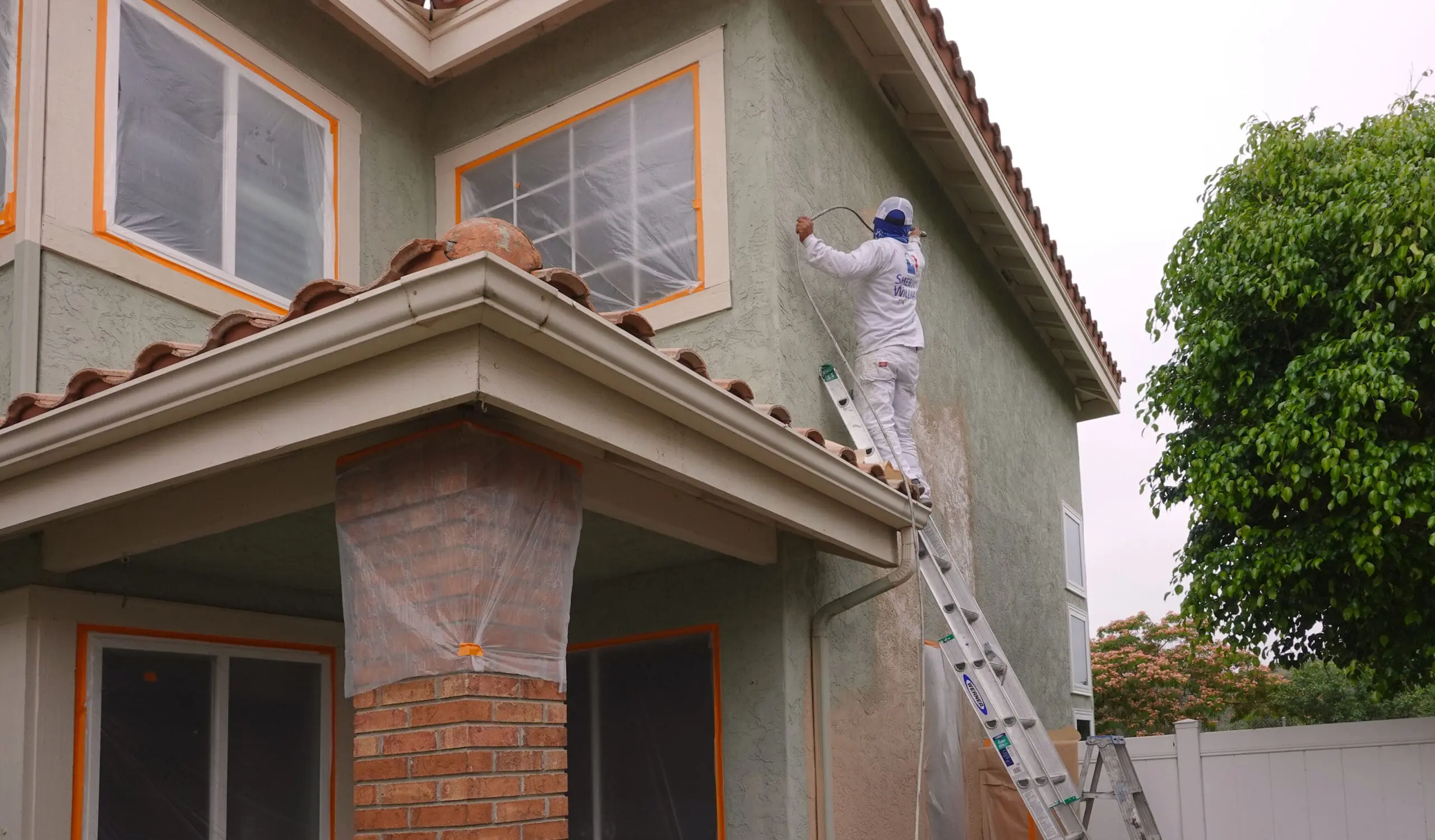
Recommendations
Given the current performance limitations of coatings, we recommend other proven mitigation strategies to reduce the vulnerabilities of homes to wildfire, such as using ember-resistant design features (home hardening) and creating and maintaining defensible space zones.
Be very cautious about the use of coatings used on exterior surfaces. Experiments conducted at IBHS indicated that they did not weather well (i.e., the effective service life was relatively short). There isn’t an approved standard procedure to evaluate the fire performance of a coating after weathering. As already stated, California does not allow the use of coatings to comply with the code provisions of Chapter 7A. This is because of the poor performance to date of coatings when used in exterior applications.
Before moving forward with any product, insist on seeing the results of fire tests after weathering that demonstrates effective performance for a specified period.
Things to Keep in Mind
- If you have a fire-resistant roof and keep it (and rain gutters) clean at all times during fire season as you are required to do, sprinklers will not make a difference for your house!
- Home hardening materials and methods are likely to be more effective and less expensive than a sprinkler, foam, or gel system.
- Wide-scale activation of sprinklers and garden hoses may reduce water pressure in the entire community. Firefighters apply water judiciously, where it actually makes a difference, and will need all available water and water pressure.
- If the fire is close enough to make turning on a manually operated sprinkler system a viable option, you should have already evacuated. In turn, turning on the water in advance can potentially drain local water supply tanks and reduces water pressure available for firefighting (see above). Fire is dynamic and difficult to predict–in most situations, you will not have enough information to know when the fire might reach your house.
- Climbing your roof when a fire approaches is dangerous. If you fall or are injured, firefighters will need to rescue you instead of fighting the fire.
- Local fire agencies agree that a sprinkler system on the roof may be advisable if you have a combustible wood roof. Even then, Fire Safe Marin recommends that you replace any wood-shake roof with a fire-resistant “Type A” roof assembly, rather than installing a sprinkler system. Contact your local Fire Marshal for advice.
- Likewise, don’t climb up on your roof with a garden hose. You’ve seen it on the news–Californians dutifully stand on their roof with a garden hose and watch the firefighters work nearby. This is dangerous (you should have already evacuated, and your shorts and tennies won’t protect you if the fire reaches you), not to mention completely ineffective.
As your neighborhood becomes more active in wildfire prevention, you’ll likely find many products and engineering ideas that will be sold to you under the guise of reducing your risk. Some may be effective, many are not. Products like “fire-proof” paint, heat-activated shutters, automatic (exterior) sprinkler systems, foam and gel coatings, even whole house fire retardant blankets are all available. While some may be effective in certain scenarios, many are a waste of money. Even worse, some are snake oil. Contact your local Fire Department or Fire Safe Marin before purchasing anything intended to “fire-proof” your home (this does not apply to the WUI building products required by Chapter 7A of the Building Code).
